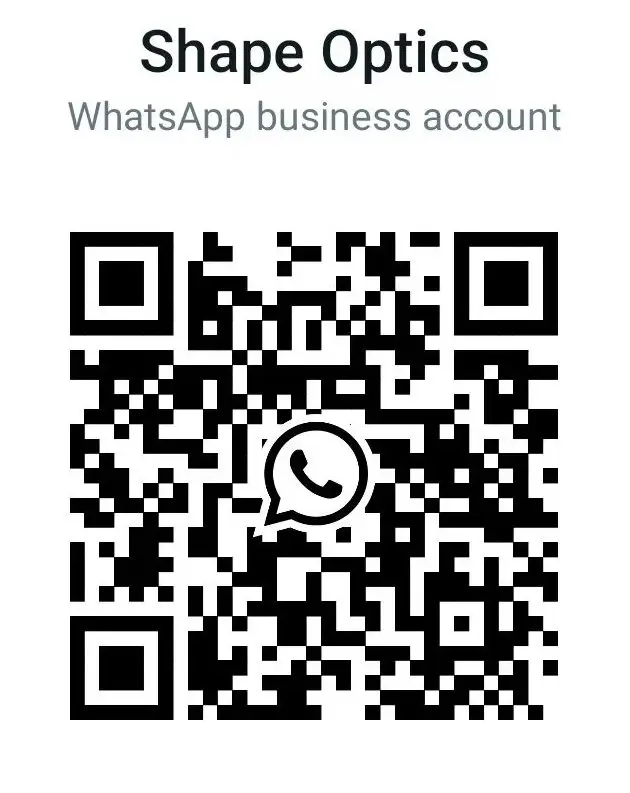Explore the different types of Lidar technology and their applications. From 1D LiDAR to 2D LiDAR, learn how these systems measure range and detect angular information.
LiDAR measures range by timing how long it takes for light to travel to an object and return. The range resolution (ΔR) is determined by the speed of light (c) and the system bandwidth (B) using the formula:
ΔR = c / 2B
Angular information is detected using an array of detectors sampling the field of view (FOV), and the resolution is determined by either the detector’s angular subtense or diffraction. In Figure, various sampling possibilities are illustrated, showing undersampling, correct sampling, and oversampling scenarios for the point spread function (PSF) of the optical aperture.

LiDAR can measure only range (1D LiDAR) or both azimuth and elevation (2D LiDAR), which reduces noise and distractions. A 3D LiDAR system can also capture intensity (grayscale) and return relative intensity information. The number of grayscale levels is given by:
Nₛ = 2ᴺ
where N is the number of bits of grayscale. Table 1.1 provides examples of grayscale levels for different bit values. Grayscale detection typically captures two types of data: range information and reflectance information, which indicates the contrast in returned photons per pixel.
In addition to range and intensity, LiDAR can also measure polarization and color (wavelength) data. Coherent LiDAR, which compares the phase and amplitude of return signals, can detect velocity using the Doppler effect, based on frequency shifts due to motion.
Finally, synthetic-aperture LiDAR (SAL) is a technique where multiple physical apertures (either on receive, transmit, or both) are combined and Fourier transformed to obtain a larger effective pupil plane field, which increases the resolution. The concept of multiple-input, multiple-output (MIMO), commonly used in radar, can also be applied in LiDAR systems to increase data collection and imaging capacity.

LiDAR is a versatile sensing technology widely used in surface-scattering applications. 3D LiDAR is often used for mapping, while 2D LiDAR produces images similar to conventional electro-optical (EO) images but focuses only on range data (1D LiDAR). Coherent Doppler LiDAR can measure both velocity and vibration. One of the most prominent applications of LiDAR is in driverless cars. For instance, DARPA Grand Challenge participants used LiDAR, and most driverless car developers use it today. LiDAR is also used in police speed detection, capable of isolating a single vehicle in a crowded scenario.
LiDAR’s application extends to small unmanned aerial vehicles (UAVs), such as Amazon UAVs, and even game systems like Microsoft’s Kinect. In forestry, LiDAR can measure vertical forest structures and map floodplains. Transportation routes, oil and gas exploration, cellular network planning, and military reconnaissance also rely on high-accuracy 3D LiDAR mapping.
LiDAR’s precision is increasingly in demand due to its role in creating accurate 3D environments, reconstructing physical objects in computer simulations or 3D printing, and supporting crime scene analysis and archeological mapping. Furthermore, LiDAR ensures regulatory compliance by providing detailed scans of building interiors.
The possibilities for LiDAR are vast, enabling applications that require high precision, including underwater mapping, object identification, and military planning, among others. Its flexibility and accuracy make it indispensable across numerous industries.
Doppler LiDAR measures wind speed by detecting the frequency shift in backscattered light along the beam, which is useful for military applications, mapping wind fields, or aiding in airport operations. Differential absorption LiDAR (DIAL) is used to detect trace gases like ozone, CO₂, and water vapor by comparing two wavelengths: one absorbed by the target gas and one that is not. Programs like ARPA-E’s MONITOR use DIAL to measure methane concentration.
Raman LiDAR type measures atmospheric gas concentrations using inelastic scattering, where energy is deposited into the gas, shifting the scattered light to longer wavelengths. Laser-induced fluorescence (LIF) LiDARs detect entities in the atmosphere by creating real transitions through excitation. Laser-induced breakdown spectroscopy (LIBS) vaporizes material and uses spectroscopy to identify the vaporized matter. LIBS, used by NASA’s Curiosity rover, helps determine rock type remotely on Mars.



